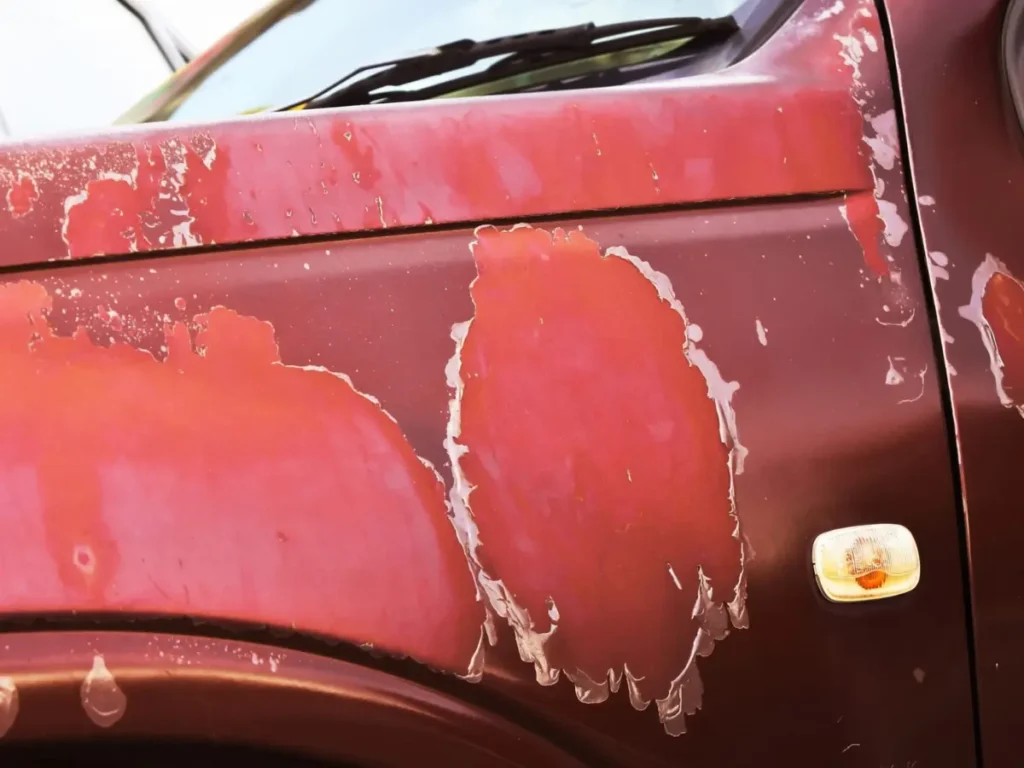Maintaining fabric car seats is not a straightforward task. It requires performing various steps and utilizing appropriate materials for cleaning to lift grime without ruining the delicate fibers. Your vehicle is just like any other place you visit. It demands as much respect, consideration and most importantly, detailing as your home or office. A well-driving automobile relishes having well-fitted seat covers just like we appreciate putting on appropriate clothes for different events. Below is an expert-compiled blend of methods suggested by automotive detailing specialists.
Why Cleaning Cloth Car Seats Matters
Allergens can be eliminated, spills and filth can be tackled, and value retention is the essential reason for maintaining clean car seats. The aesthetic appeal is an added benefit. To add on, sweat and food particles mixed with grime lead to unpleasant odors, while rugs precipitate deterioration. Moreover, fabric wear can also be delayed through seat cleaning, which ultimately enhances your health during driving.
| Cleaner Type | Top Recommendations | Best For |
| Commercial Sprays | Chemical Guys Foaming Citrus | General dirt and grime |
| P&S Carpet Bomber (diluted 1:5) | Deep stains and odors | |
| DIY Solutions | 1 cup vinegar + 2 cups water | Non-greasy stains |
| Baking soda paste (2:1 ratio) | Oil/grease removal | |
| Eco-Friendly | 1 tsp dish soap + 2 cups water | Gentle, daily maintenance |
Pro tip: For soiled seats, cleaners paired with extractors such as the Bissell Portable Carpet Cleaner yield professional grade restults – alongside avoiding bleach or ammonia-based cleaners which weaken fabric fibers.
Tools and Materials Checklist
Set up the following:
Cleaning agents: pH neutral upholstery cleaner, baking soda, vinegar, dish soap.
Equipment:
- Vacuum with an upholstery vacuum head
- Soft-bristle (nylon or drill) brush
- Microfiber towels for moisture removal
- Wet/dry vacuum or extractor for deep cleaning work
Protection: Sprays like 303 Fabric Guard are used to protect from stains.
How to Clean Cloth Seats in the Car
A clean cloth seat is inviting and welcoming. However, many people struggle with keeping them clean. Worry no more because with the correct tools, your seats can be restored without going to a professional. No one likes sitting on dirt or noticing stains while riding in a car. This guide will help you step by step to remove all dirt from your vehicle.
Step 1: Vacuum Thoroughly
Use a vacuum with an upholstery attachment to remove loose debris. Make sure to concentrate on seams, cracks, and under the seats where dirt is often neglected. To lift trapped dirt, hold the nozzle against the fabric and move it in various directions.
Step 2: Pre Treat Stains
Use these pre-treat solutions, targeted DIY stain removers for specific stains:
- For general stains, mix 1 cup white vinegar with 2 cups water using a spray bottle.
- To treat grease or oil stains, put baking soda paste (baking soda and water in 2-3 to 1 ratio) on the stain then scrub gently after allowing a 5 to 10 minute rest period.
Making sure to test any solution first on hidden spots will greatly help avoid discoloration.
Step 3: Applying Cleaner and Scrubbing
Here is how you can clean car seats step by step:
1.Spray Chemical Guys Foaming Citrus or Autoglym Interior Shampoo on fabric sections of the seat.
2.Using circular motions, scrub area with soft bristle brush which helps raise dirt.. If there is heavy grime, drill brush attachments work great.
3.Take care not to saturate surfaces too much.
Step 4: Remove Residue And Moisture
Grab loose dirt then cleaner residue with a microfiber towel then extract moisture using blottable cloths like The Absorber. Countering excess water works wonders too. For seats that are dirty and need a deeper clean, use a wet/dry vacuum for steam extraction.
Step 5: Allow to dry completely
During this time, keep windows open or fans running. If possible, park where there is direct sunlight to accelerate drying during this time frame while leaving windows open for fresh air circulation, flushing any built-up humidity within the cabin space out. Never sit on the seats until fully dried, otherwise it could result in mildew.
Step 6: Optional fabric protector user guide
Spray protective coating (e.g., 303 Fabric Guard) to prevent future product staining and spillage marks, as well as reapplying every six months, ensures continued protection, keeping irritation at bay without needing to worry constantly about these fabrics being used within vehicles exposed to frequent use.
The Importance of Car Upholstery Maintenance
Cleaning your car upholstery regularly ensures that it does not incur losses that cannot be mended, and also maintains the quality of your vehicle’s interior. When it comes to cleaning, dirt particles are abrasive. They wear down fabric fibers, thereby causing aging. Maintaining fabrics reduces allergens and bacteria, enhancing air quality as well as passenger health. To lift stains without cutting fabric, gently scrub in circular motions for effective how to clean car upholstery.
Common Problems with Dirty Fabric Car Seats
- Stubborn stains
- Odor buildup
- Allergen accumulation
- Fabric degradation
- Water stains
Proactive solution: Regular cleaning of car seats eliminates hygiene issues, and addressing spills straight away, along with using fabric protectors simplifies the cleaning process.
How Frequently Should You Clean Car Seats?
Cleaning frequency is based on usage scenarios :
- Light Cleaning: Every 2-4 weeks for vacuuming and spot cleaning to remove surface debris.
- Deep Cleaning: Extraction deep clean every 3 – 6 months for most drivers.
- High use scenarios include kids, pets, frequent eaters/drinkers: Deep clean every 2-4 weeks for embedded stains and odors.
Always address spills right away to prevent permanent stains.
Pro Tips for Optimal Results
- Tool Recommendations: When scrubbing without harming the fabric, something like this nylon-bristle brush (Chemical Guys Nice & Stiff) is your best bet.
- DIY Alternatives: Eco-friendly cleaners can be made from 1 tsp of dish soap and two cups of warm water.
- Odor Neutralization: To deodorize dry seats, sprinkle baking soda onto them, leave for an hour, and then vacuum.
- Frequency of Cleaning: In case of high usage, have your vehicle vacuumed weekly and deep-cleaned every 3 months.
Conclusion
Taking care of the fabric upholstery in your car will keep it looking good, help it last longer, and keep the interior smelling sweet. Heavy vacuuming, spot treating spills, and proper drying will help to keep your seats in great shape after a few years. Tough stains or lingering odors can be handled with specialty extraction tools from professional detailers. Doing these things ensures that you will be able to maintain your vehicle’s value as well as its comfort.
FAQ’s
You should not bleach it, because bleach weakens fabric fibers. Stick with pH-neutral or vinegar-based DIY mixes.
You can minimize staining from water by blotting moisture immediately after cleaning the seat and allowing it to dry. If that doesn’t do it, too, let it be, because you don’t want to over-dampen, leaving too much additional moisture.
The best method would be to vacuum first with a rubber glove or clothed lint roller. Wiping the glove on a pet develops static, which draws hair from deep within the coat.
It is, and the only other advice is not to hold the nozzle too close to the fabric you are spraying it anywhere from 4 to 8 inches tell you exactly how far because you will ruin the rug.
Use fabric protectors on seats that you can wash and reapply every 6 months.




